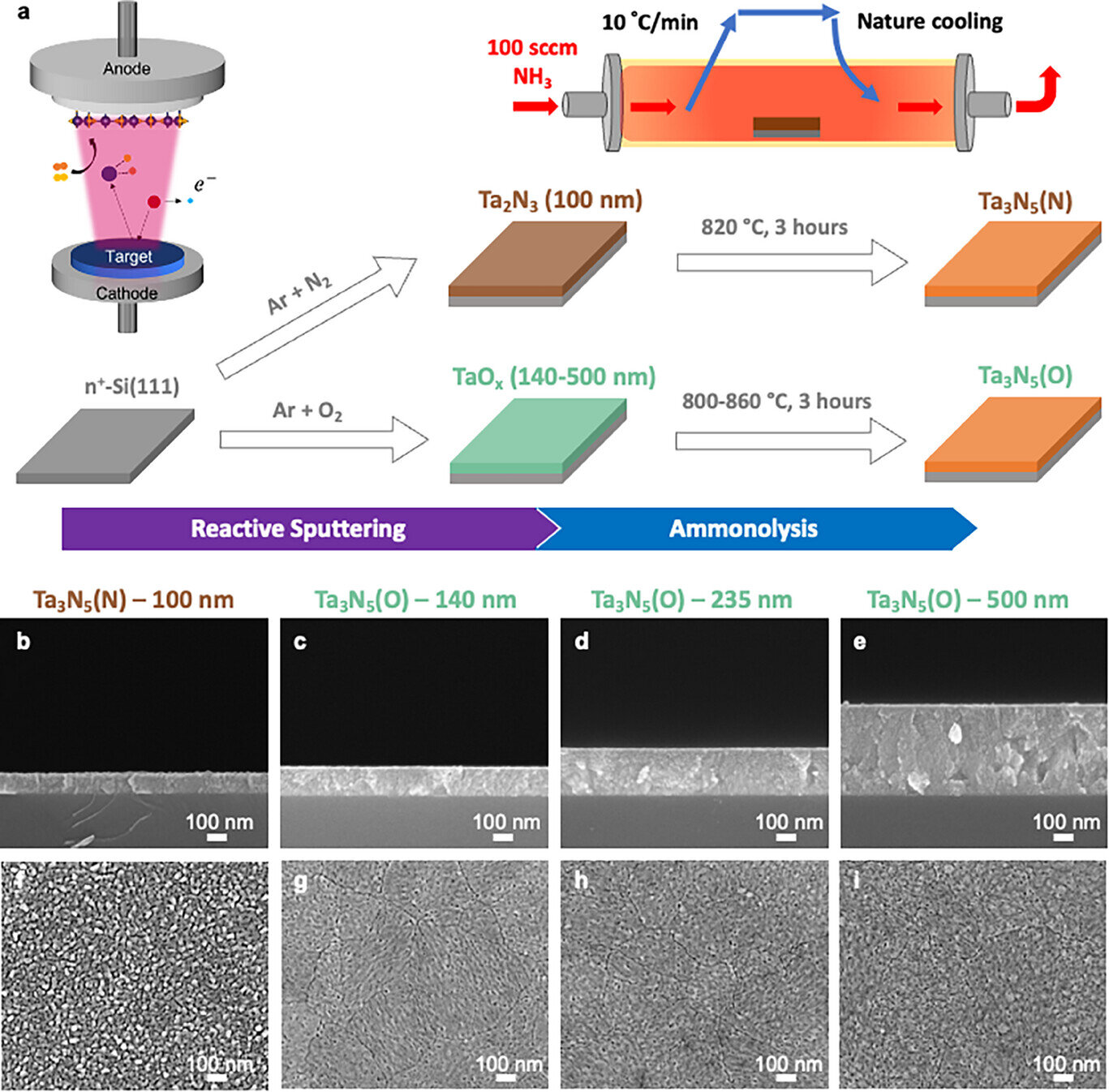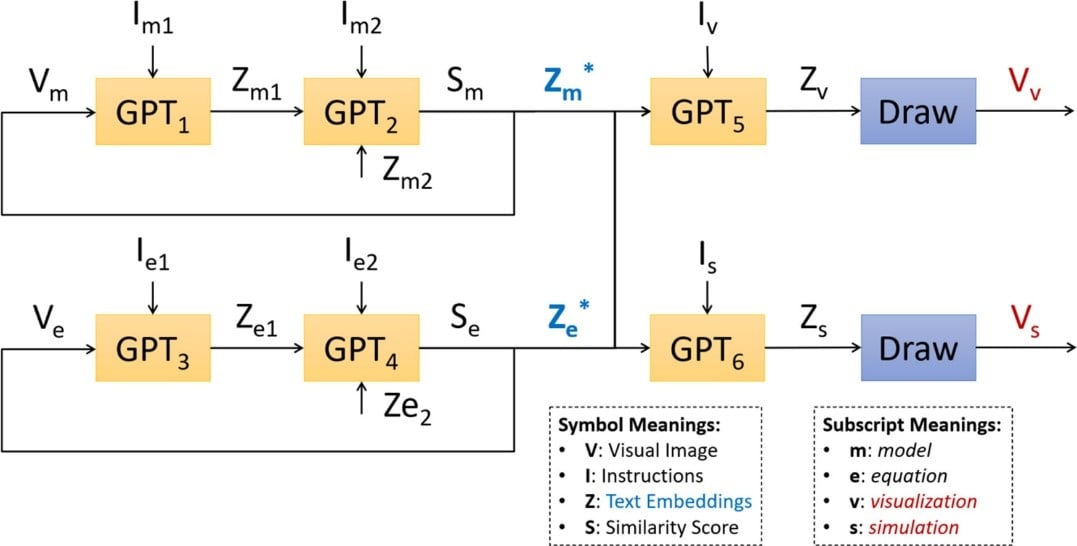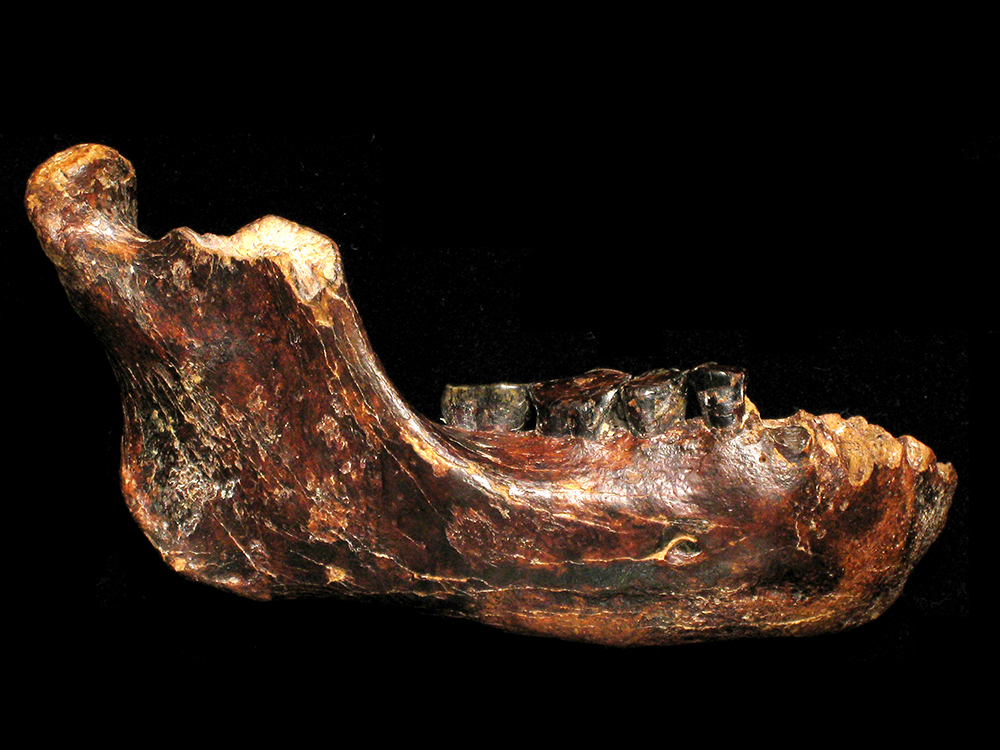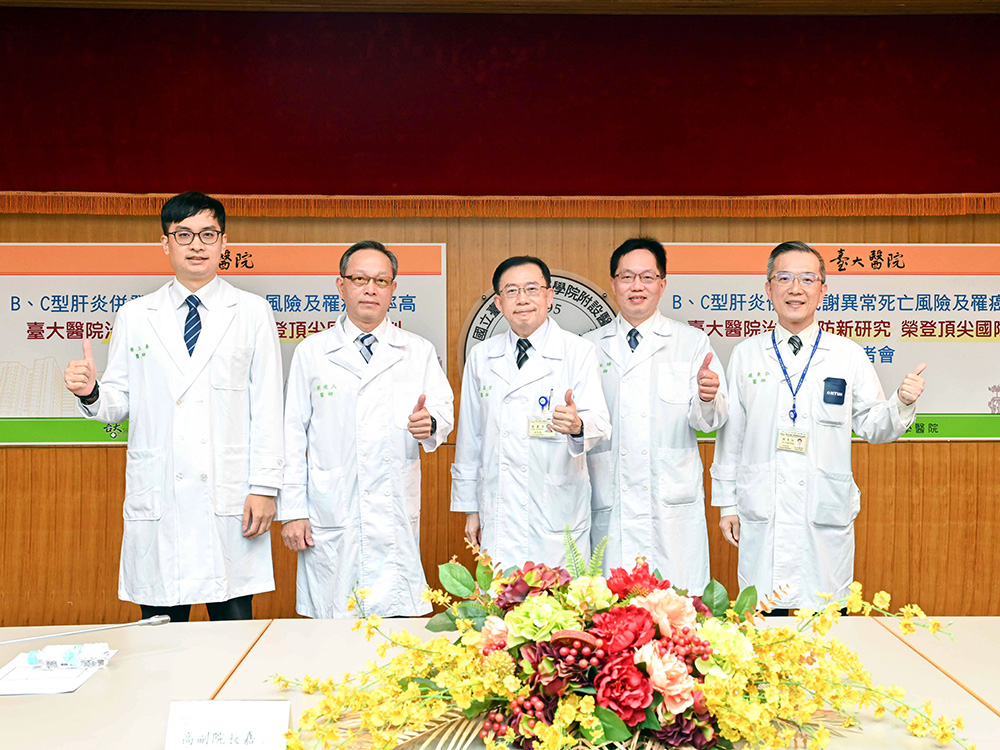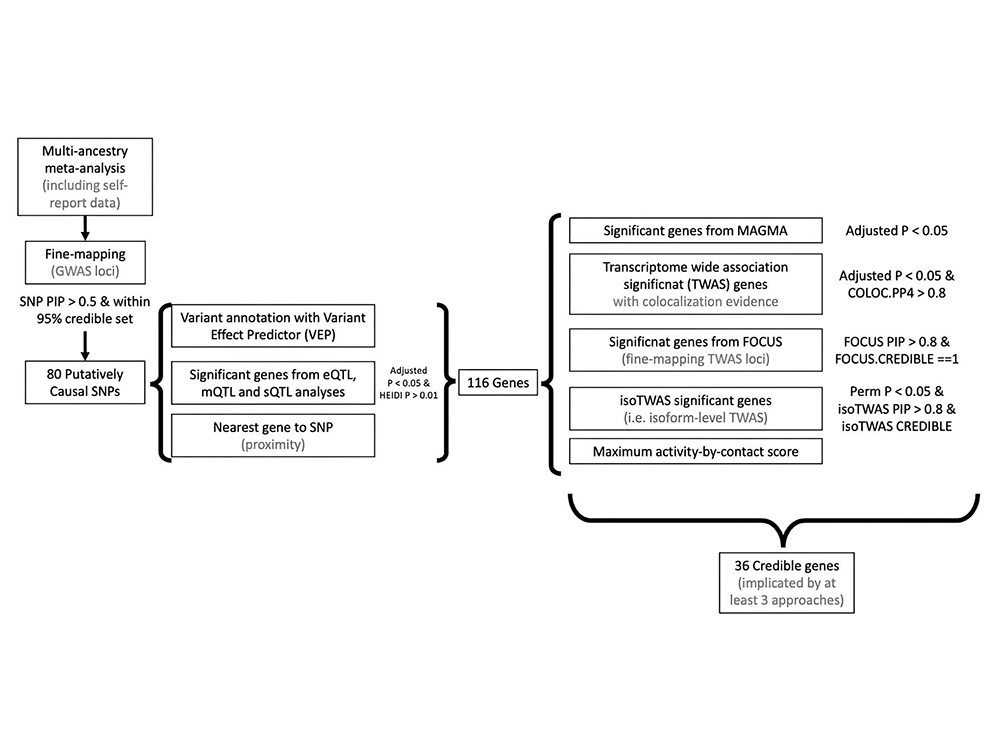Professor Guo Baihsu of NTU’s Department of Public Health and the Institute of Epidemiology and Preventive Medicine has contributed to a study under the Psychiatric Genomics Consortium, collaborating with researchers worldwide. The groundbreaking research was published in Nature on January 2025.
Bipolar disorder is a severe psychiatric condition that not only diminishes quality of life and functionality but also significantly increases suicide risk. Clinically, bipolar disorder is categorized into Bipolar Disorder I (BD-I), marked by episodes of mania and depression, and Bipolar Disorder II (BD-II), characterized by hypomania and depression. Despite its relatively high prevalence, the diagnosis of bipolar disorder typically takes an average of eight years, and its biological mechanisms remain poorly understood.
This study represents the largest multi-ethnic genomic investigation of bipolar disorder to date, analyzing data from 2.9 million individuals—including over 150,000 patients—from European, East Asian, African American, and Latino populations. By scanning 6.7 million common genetic variants, researchers identified 298 loci associated with increased risk for bipolar disorder—four times the number previously known. Advanced gene-mapping methods further pinpointed 36 genes with strong links to bipolar disorder. Additionally, the team discovered differences in genetic features among clinical, community, and self-report samples, which appear to correlate with the prevalence of BD-I and BD-II, highlighting the influence of data collection methods on research outcomes.
The research team also found that bipolar disorder-associated genetic signals are related to specific brain cells, including mid-GABAergic interneurons and medium spiny neurons in the prefrontal cortex and hippocampus, and unexpectedly, cells in the gut and pancreas may also be involved. Further studies are needed to elucidate the biological mechanisms underlying mood episodes in bipolar disorder. These findings promise to advance new therapies, early intervention strategies, and precision medicine, ultimately aiding clinicians in devising more effective treatment plans for patients.



